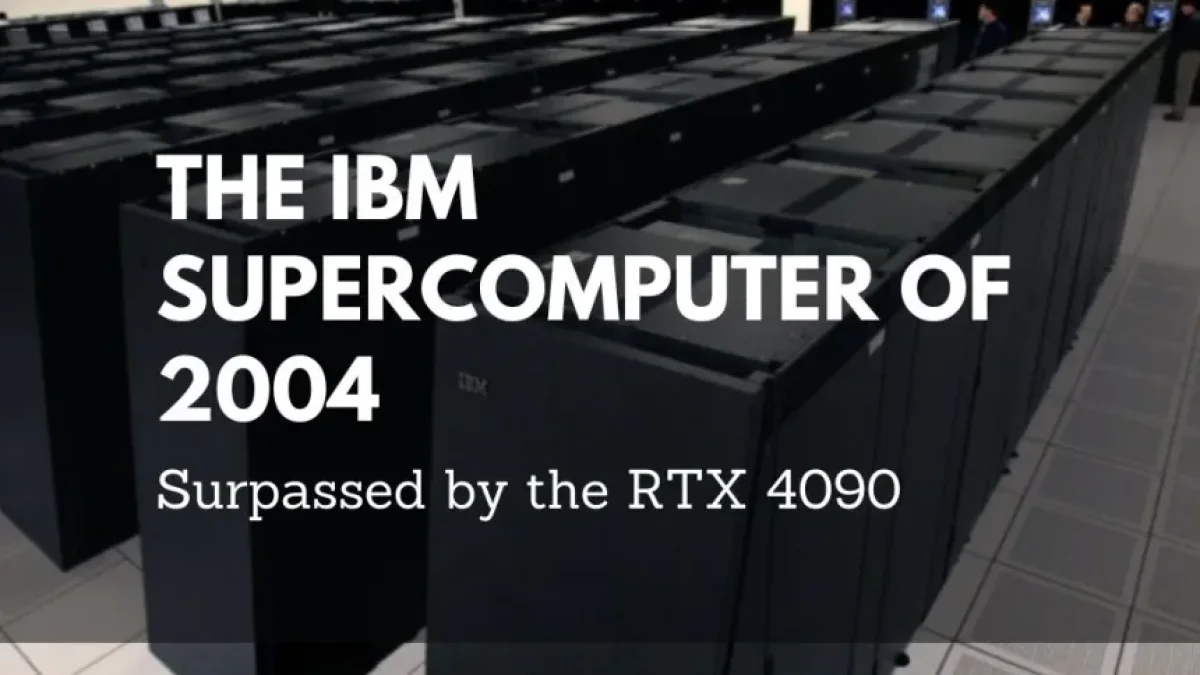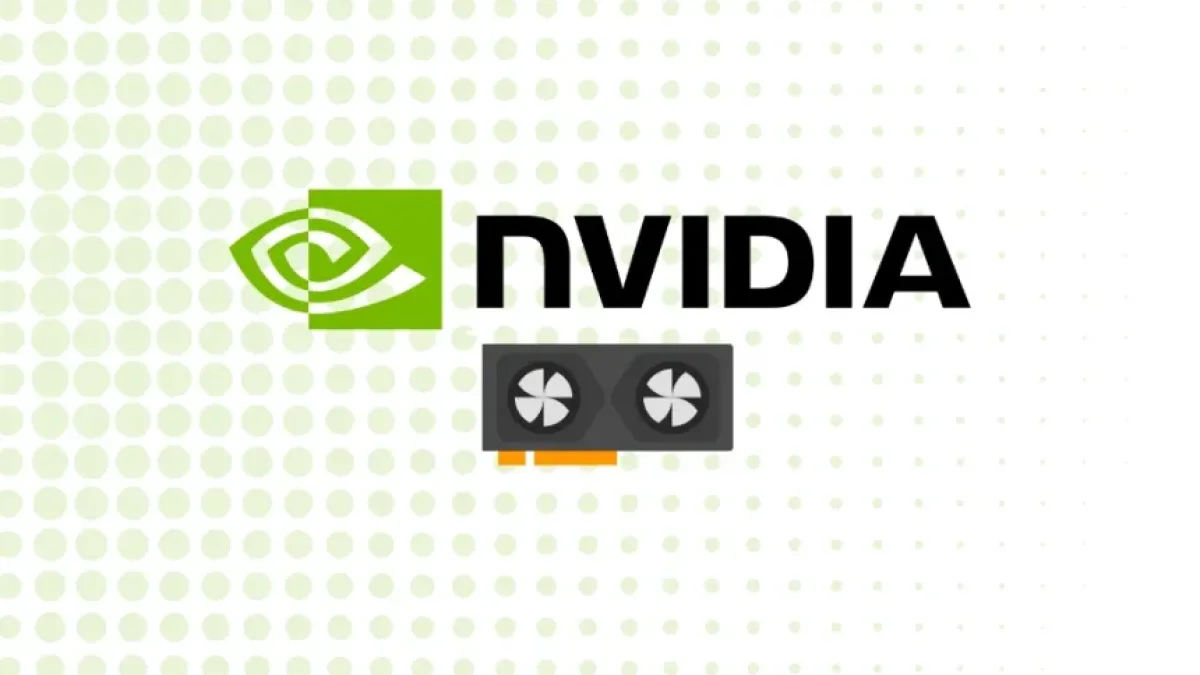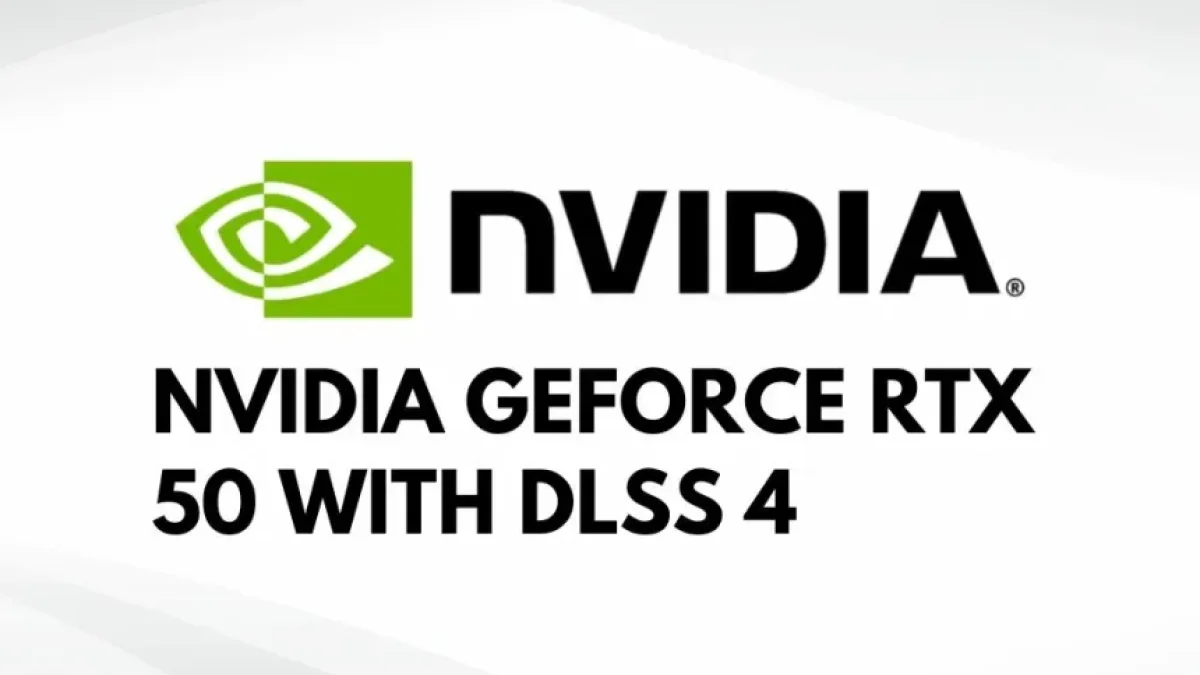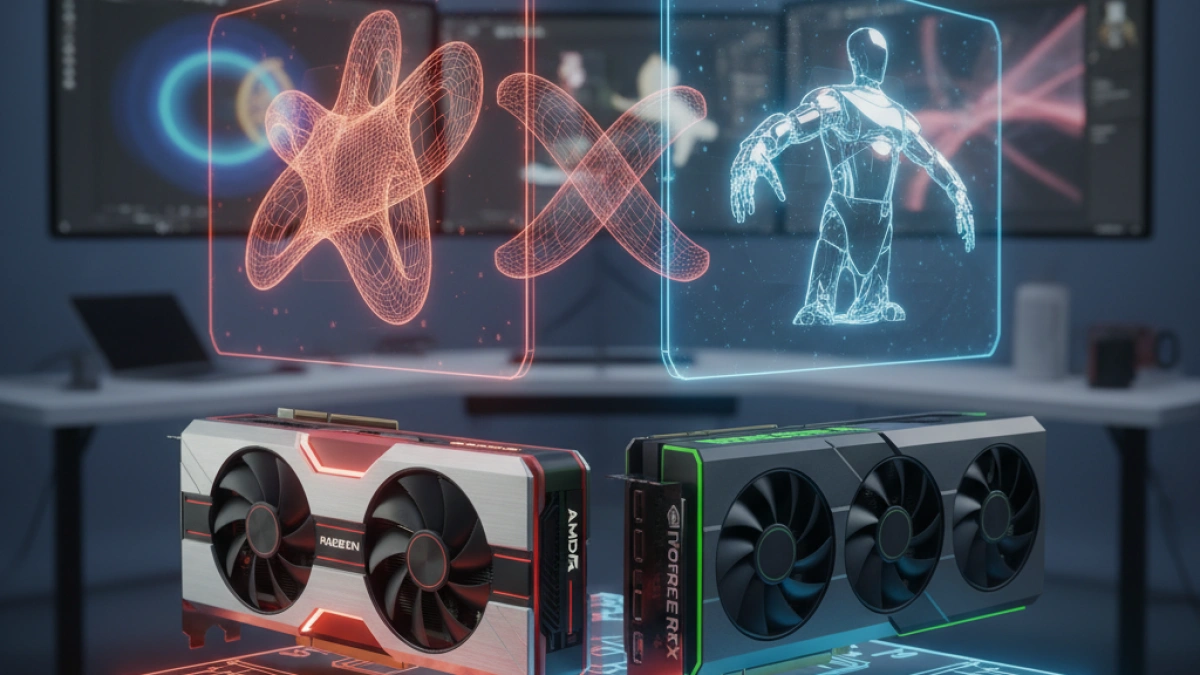The IBM Supercomputer of 2004 Surpassed by the RTX 4090


In the world of technology, advancements happen at an astonishing pace. A clear example of this is the evolution of supercomputers and graphics cards. In 2004, the IBM BlueGene/L supercomputer was considered the most powerful in the world. However, today, any modern graphics card, such as the NVIDIA RTX 4090, can surpass its performance. Below, we will explore how the landscape of computing has changed in recent years.
The IBM BlueGene/L Supercomputer
The IBM BlueGene/L was launched in 2004 and was noted for its innovative design and processing capabilities. This supercomputer featured an architecture that allowed for high performance in complex calculations, particularly in scientific and research applications. With its impressive capacity to perform up to 280 teraflops (one trillion operations per second), it was the king of supercomputers in its time.
A Benchmark in Computing
BlueGene/L was used in research projects across various fields, such as molecular biology, climate simulation, and astrophysics. Its impressive processing power facilitated significant discoveries in these disciplines. The design of the supercomputer was a significant step in the evolution of computing, setting a new standard for future developments in the industry.
Read also
The Arrival of the RTX 4090
Since the launch of the IBM BlueGene/L, technology has advanced exponentially. The NVIDIA RTX 4090, released in 2022, is one of the most striking examples of this advancement. This graphics card is designed for gaming and artificial intelligence applications, offering unprecedented performance. With a processing capability that exceeds 300 teraflops, the RTX 4090 not only surpasses IBM's supercomputer but does so decisively.
Performance Comparison
The comparison between the RTX 4090 and the IBM BlueGene/L reveals the rapid pace of technological evolution. While BlueGene/L was designed for specific tasks in research environments, the RTX 4090 is optimized for a variety of applications, including parallel processing and high-quality 3D graphics. This versatility makes it more accessible to both consumers and developers.
Implications of This Evolution
The surpassing of the performance of the 2004 supercomputer by a modern graphics card highlights the democratization of high-performance technology. Whereas in the past only institutions like universities and research laboratories had access to such powerful computers, now anyone can experience similar performance at home with the RTX 4090. This could open up new possibilities in fields such as machine learning, scientific modeling, and video game development.
Read also
Future of Computing
The evolution of the GPU and its ability to handle massive workloads suggests an exciting future for computing. As technology continues to advance, we may see new developments that eclipse even the RTX 4090. The trend towards miniaturization and performance improvement promises that what is cutting-edge today may be outdated tomorrow.
I invite my readers to stay updated on these fascinating technological transformations and to read more news of this kind on my blog. The evolution of technology doesn't stop!



















